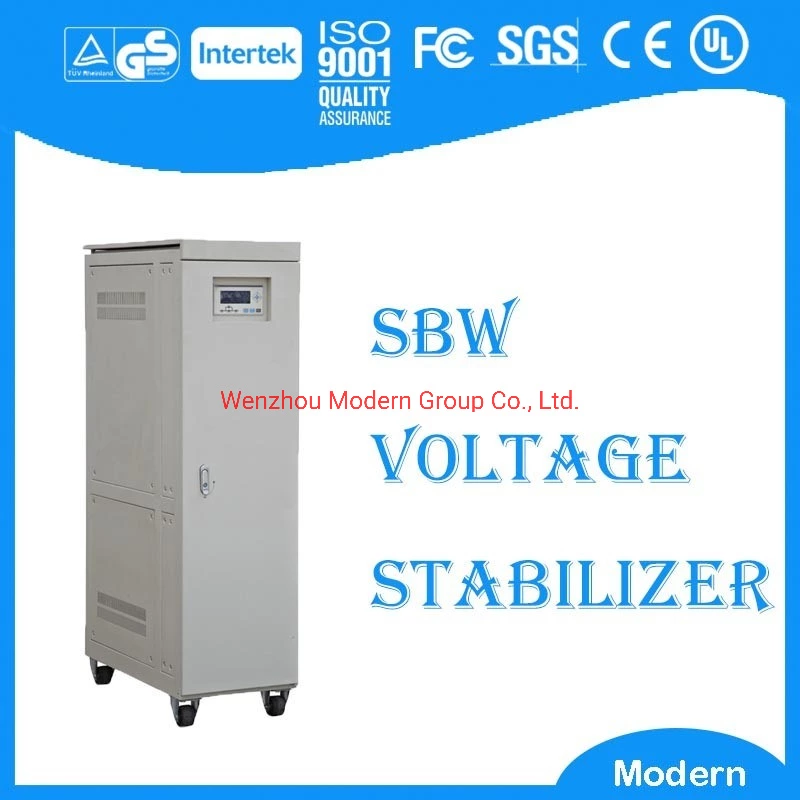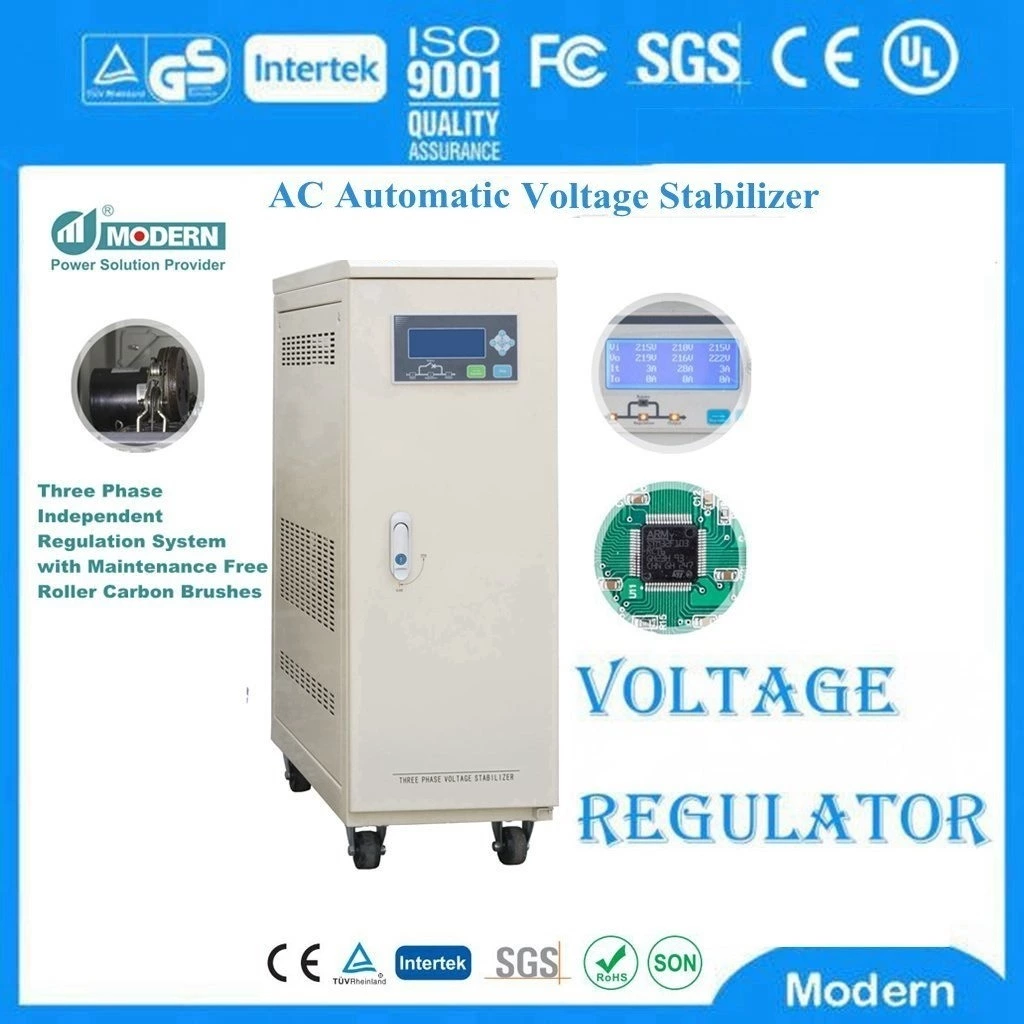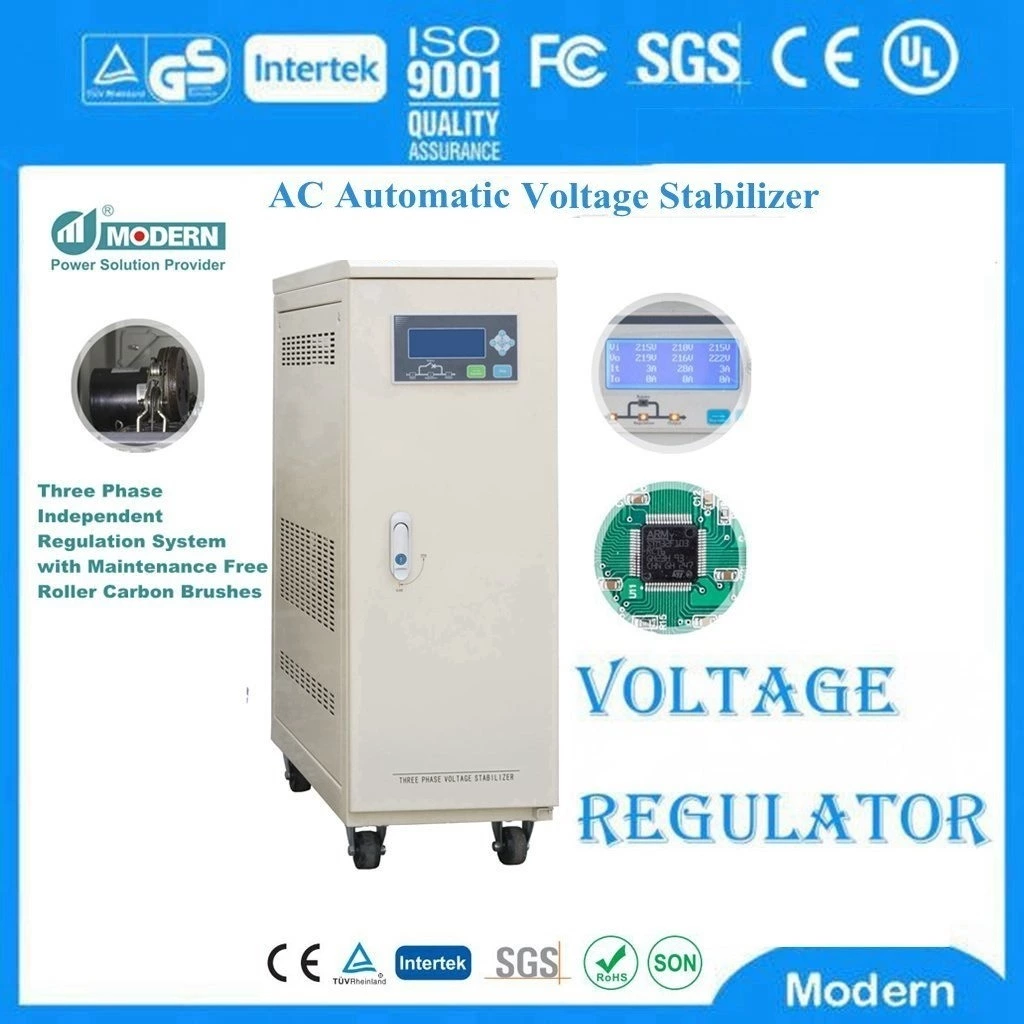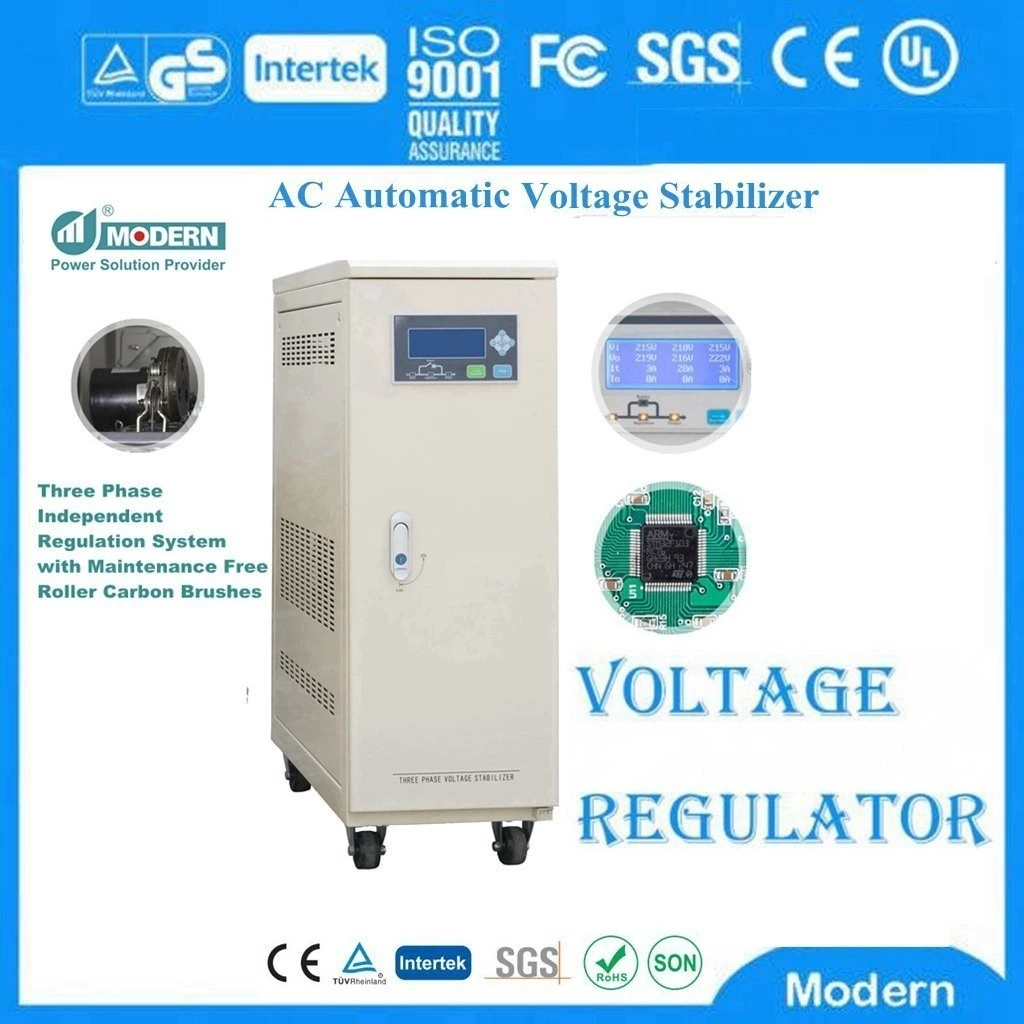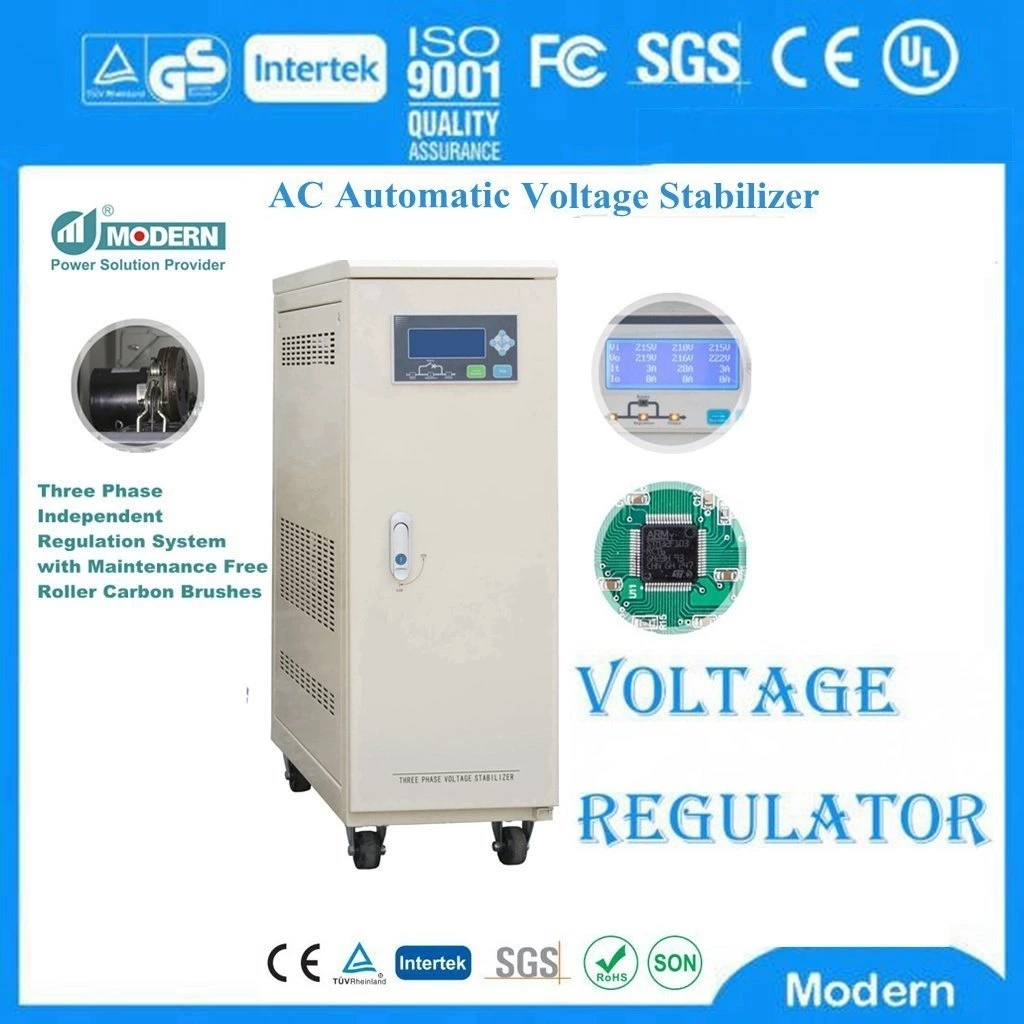Summary Of The Advantages And Disadvantages Of Wide Range Regulators
There are many kinds of Wide Range Voltage Stabilizer on the market, which makes buyers do not know where to start, nor do they know which one is suitable for them. Below I summarize and compare the working principles, advantages, disadvantages, and applicable scope of the current mainstream wide-range voltage stabilizers. I hope that customers can find a voltage stabilizer that suits them and will not be deceived.
Because the mains supply voltage is unstable due to various reasons, especially in some power supply places where the voltage fluctuation is large, it affects the normal operation of electrical equipment and may also cause damage to electrical equipment. A wide-range voltage stabilizer is a voltage stabilizing device that can use the working voltage of electrical equipment to be basically stable. There are many types of wide-range voltage stabilizers, and the working principles of the main circuits are different, but basically (except for wide-range voltage stabilizers) they are basically input switch sampling circuits, control circuits, and voltages. The wide-range voltage stabilizer is composed of a servo motor, a control circuit, and an auto-coupling voltage regulator (or a compensating transformer). It has the advantages of small size, light weight, high efficiency, wide voltage stabilization range, and no waveform distortion. It is equipped with overvoltage (undervoltage) protection, delay (selection) protection and fault protection, and has a voltage bidirectional indication. It is fully functional, safe and reliable. It is widely used in household electricity, industrial and agricultural production, scientific research and medical and health fields.
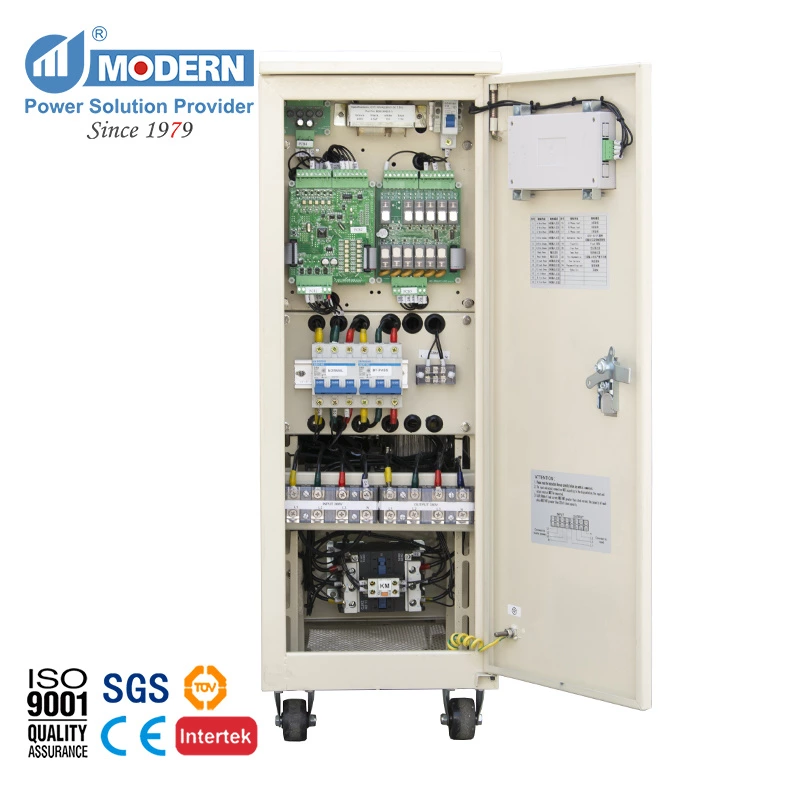
 Русский
Русский
 Français
Français
 Português
Português
 Español
Español
 اللغة العربية
اللغة العربية
